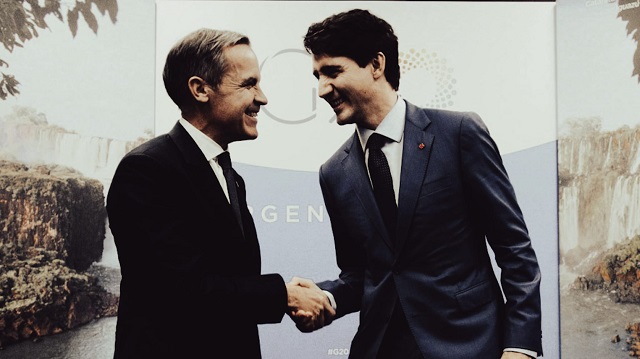Automotive
Canada’s EV house of cards is close to collapsing
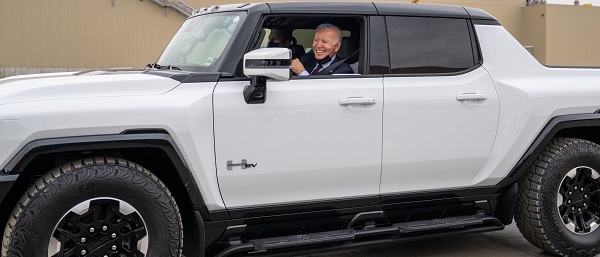
 By Dan McTeague
By Dan McTeague
Well, Canada’s electric vehicle policies are playing out exactly as I predicted. Which is to say, they’re a disaster.
Back in November, in the immediate aftermath of Donald Trump’s re-election, I wrote in these pages that, whatever else that election might mean for Canada, it would prove big trouble for the Justin Trudeau/Doug Ford EV scam.
The substance of their plot works like so: first, the federal and provincial governments threw mountains of taxpayer dollars in subsidies at automakers so that they’d come to Canada to manufacture EVs. Then Ottawa mandated that Canadians must buy those EVs — exclusively — by the year 2035. That way Ford and Trudeau could pat themselves on the back for “creating jobs,” while EV manufacturers could help themselves to the contents of our wallets twice over.
But the one variable they didn’t account for was a return of Donald Trump to the White House.
Trump had run on a promise to save America from their own back-door EV mandates. Though Kamala Harris had denied that any such mandates existed, they did, and they were founded on two acts of the Biden-Harris administration.
First, they issued an Executive Order setting significantly more onerous tailpipe regulations on all internal combustion engine (ICE) vehicles, with the explicit goal of ensuring that 50 percent of all new vehicles sold in America be electric by 2030.
Second, they granted California a waiver to make those regulations more burdensome still, so that only EVs could realistically be in compliance with them. Since no automaker would want to be locked out of the market of the most populous state, nor could they afford to build one set of cars for California (plus the handful of states which have — idiotically — chosen to align their regulations with California’s) and another set for the rest of the country, they would be forced to increase their manufacture and sale of EVs and decrease their output of ICE vehicles.
Trump’s victory took Canada’s political class completely by surprise, and it threw a spanner into the workings of the Liberals’ plan.
That’s because there just aren’t enough Canadians, or Canadian tax dollars, to make their EV scheme even kinda’ work. Canada’s unique access to the world’s biggest market — America — was a key component of the plan.
After all, vehicles are “the second largest Canadian export by value, at $51 billion in 2023, of which 93 percent was exported to the US,” according to the Canadian Vehicle Manufacturers Association, and “Auto is Ontario’s top export at 28.9 percent of all exports (2023.)”
It further depended on Americans buying more and more EVs every year. But since, when given a choice, most people prefer the cost and convenience of ICE vehicles, this would only work if Americans were pushed into buying EVs, even if in a more roundabout way than they’re being forced on Canadians.
Which is why the plan all began to unravel on January 20, the day of Trump’s inauguration, when he signed Executive Order 14154, “Unleashing American Energy,” which, among other things, rescinded Joe Biden’s pro-EV tailpipe regulations. And it has continued downhill from there.
Just last week, the US Senate voted to repeal the Biden EPA’s waiver for California. Not that that’s the end of the story — in the aftermath of the vote, California governor Gavin Newsom vowed “to fight this unconstitutional attack on California in court.” (Though don’t be surprised if that fight is brief and half-hearted — Newsom has been trying to leave his lifelong leftism behind recently and rebrand as a moderate Democrat in time for his own run at the White House in 2028. Consequently, being saved from his own EV policy might only help his career prospects going forward.)
But it’s worth noting the language used by the Alliance for Automotive Innovation, which represents car companies like Toyota, GM, Volkswagen and Stellantis (several of whom, it should be noted, have received significant subsidies from the Liberal and Ford governments to manufacture EVs), which said in a statement, “The fact is these EV sales mandates were never achievable.”
That’s worth repeating: these EV sales mandates were never achievable!
That’s true in California, and it’s true in Canada as well.
And yet, our political class has refused to accept this reality. Doug Ford actually doubled down on his commitment to heavily subsidizing the EV industry in his recent campaign, saying “I want to make it clear… a re-elected PC government will honour our commitment to invest in the sector,” no matter what Donald Trump does.
Except, as noted above, Donald Trump represents the customers Doug Ford needs!
Meanwhile, our environmentalist-in-chief, Mark Carney, has maintained the Liberal Party’s commitment to the EV mandates, arguing that EVs are essential for his vacuous plan of transforming Canada into a “clean energy superpower.” How exactly? That’s never said.
These are the words of con artists, not men who we should be trusting with the financial wellbeing of our country. Unfortunately, in our recent federal election — and the one in Ontario — this issue was barely discussed, beyond an 11th-hour attempted buzzer-beater from Pierre Poilievre and a feeble talking point from Bonnie Crombie about her concern “that the premier has put all our eggs in the EV basket.”
Meanwhile, 2035 is just around the corner.
So we can’t stop calling attention to this issue. In fact, we’re going to shout about our mindless EV subsidies and mandates from the rooftops until our fellow Canadians wake up to the predicament we’re in. It took some time, but we made them notice the carbon tax (even if the policy change we got from Carbon Tax Carney wasn’t any better.) And we can do it with electric vehicles, too.
Because we don’t have the money, either as a nation or as individuals, to prop this thing up forever.
Dan McTeague is President of Canadians for Affordable Energy.
Automotive
EV fantasy losing charge on taxpayer time
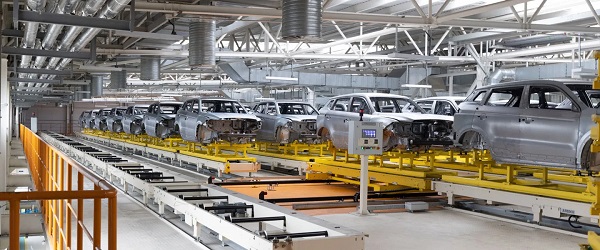
From the Fraser Institute
By Kenneth P. Green
The vision of an all-electric transportation sector, shared by policymakers from various governments in Canada, may be fading fast.
The latest failure to charge is a recent announcement by Honda, which will postpone a $15 billion electric vehicle (EV) project in Ontario for two years, citing market demand—or lack thereof. Adding insult to injury, Honda will move some of its EV production to the United States, partially in response to the Trump Tariff Wars. But any focus on tariffs is misdirection to conceal reality; failures in the electrification agenda have appeared for years, long before Trump’s tariffs.
In 2023, the Quebec government pledged $2.9 billion in financing to secure a deal with Swedish EV manufacturer NorthVolt. Ottawa committed $1.34 billion to build the plant and another $3 billion worth of incentives. So far, per the CBC, the Quebec government “ invested $270 million in the project and the provincial pension investor, the Caisse de dépôt et placement du Québec (CDPQ), has also invested $200 million.” In 2024, NorthVolt declared bankruptcy in Sweden, throwing the Canadian plans into limbo.
Last month, the same Quebec government announced it will not rescue the Lion Electric company from its fiscal woes, which became obvious in December 2024 when the company filed for creditor protection (again, long before the tariff war). According to the Financial Post, “Lion thrived during the electric vehicle boom, reaching a market capitalization of US$4.2 billion in 2021 and growing to 1,400 employees the next year. Then the market for electric vehicles went through a tough period, and it became far more difficult for manufacturers to raise capital.” The Quebec government had already lost $177 million on investments in Lion, while the federal government lost $30 million, by the time the company filed for creditor protection.
Last year, Ford Motor Co. delayed production of an electric SUV at its Oakville, Ont., plant and Umicore halted spending on a $2.8 billion battery materials plant in eastern Ontario. In April 2025, General Motors announced it will soon close the CAMI electric van assembly plant in Ontario, with plans to reopen in the fall at half capacity, to “align production schedules with current demand.” And GM temporarily laid off hundreds of workers at its Ingersoll, Ontario, plant that produces an electric delivery vehicle because it isn’t selling as well as hoped.
There are still more examples of EV fizzle—again, all pre-tariff war. Government “investments” to Stellantis and LG Energy Solution and Ford Motor Company have fallen flat and dissolved, been paused or remain in limbo. And projects for Canada’s EV supply chain remain years away from production. “Of the four multibillion-dollar battery cell manufacturing plants announced for Canada,” wrote automotive reporter Gabriel Friedman, “only one—a joint venture known as NextStar Energy Inc. between South Korea’s LG Energy Solution Ltd. and European automaker Stellantis NV—progressed into even the construction phase.”
What’s the moral of the story?
Once again, the fevered dreams of government planners who seek to pick winning technologies in a major economic sector have proven to be just that, fevered dreams. In 2025, some 125 years since consumers first had a choice of electric vehicles or internal combustion vehicles (ICE), the ICE vehicles are still winning in economically-free markets. Without massive government subsidies to EVs, in fact, there would be no contest at all. It’d be ICE by a landslide.
In the face of this reality, the new Carney government should terminate any programs that try to force EV technologies into the marketplace, and rescind plans to have all new light-duty vehicle sales be EVs by 2035. It’s just not going to happen, and planning for a fantasy is not sound government policy nor sound use of taxpayer money. Governments in Ontario, Quebec and any other province looking to spend big on EVs should also rethink their plans forthwith.
Automotive
Canada’s electric vehicle industry faces multiple threats
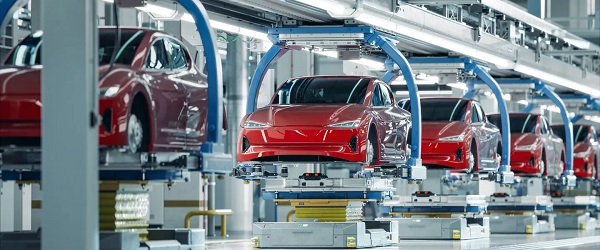
From the Fraser Institute
While Trump’s trade war continues to grab all the headlines, Canada’s electric vehicle (EV) industry may be steaming toward an iceberg, due mainly to shifts in policy south of the border.
Specifically, the Trump administration has withdrew from the Paris Agreement (and its net-zero 2050 framework) and eliminated the U.S. EV mandate, which required upwards of 56 per cent of new vehicles sold in the United States. to be EV and 13 per cent be plug-in hybrids by 2032. These moves represent an existential threat to Canada’s EV investments and the viability of the large EV battery plants under various stages of planning and construction in Ontario and Quebec.
Indeed, the Trudeau government, along with the Ontario and Quebec governments, negotiated several significant battery manufacturing deals, which included subsidies and construction funding totalling $4.6 billion for the Northvolt AB plant near Montreal, $13.2 billion for the Volkswagen plant in Saint Thomas, Ontario, $15 billion for the Stellantis plant in Windsor, Ontario and $1.6 billion for the Japanese battery company Asahi Kasei plant in Port Colborne, Ontario. (Although both Northvolt AB and Stellantis are reconsidering their EV battery investments in Canada—Northvolt AB is approaching bankruptcy and Stellantis thinks that current federal subsidies are insufficient to justify its investment.)
According to the Parliamentary Budget Officer, taxpayer subsidies (a.k.a. corporate welfare) for these deals will cost Canadians up to $44 billion between 2022/23 and 2032/33. In the U.S., EV sales in 2024 were 1.2 million (7 per cent of auto total sales) buoyed by an EV tax credit of US$7,500 per new vehicle, which translates into US$9 billion in EV consumer subsidies that year alone.
All of this raises the question: can the EV industry stand on its own without massive subsidies from taxpayers?
In 2023, of the two largest EV producers (Tesla and Ford), only Tesla would break even without the EV tax credit subsidies. According to Reuters, Tesla earned approximately US$8,300 in profit per EV in 2023, and of the 1.8 million Tesla vehicles produced globally, only 400,000 were produced in the U.S. Meanwhile, even after the subsidies, Ford lost US$64,700 per EV in 2023 and US$32,700 in 2024. (It’s also worth noting that Ford, with the second-highest EV production in the U.S., produced a mere 72,000 vehicles in 2023.)
While Ford still plans to make EVs, it recently announced plans to shift production at its Oakville, Ontario factory from electric sports vehicles to gas-powered pickup trucks. The news came shortly after General Motors announced it would trim its forecast of EVs produced in 2024 by 50,000.
Clearly, U.S. legacy automakers are worried about overproducing against sluggish consumer demand, knowing that their profitability and fiscal viability resides in their internal combustion engine vehicle production lines. Numerous large European automotive manufacturers also saw a decline in EV sales in 2024 and are re-investing in their combustion engine production lines to protect profits.
Finally, beyond only EVs, Canada’s automotive manufacturing sector is in decline. Between 2014 and 2023, automotive production fell from 2.4 million to 1.5 million vehicles while automobile imports increased from $57 billion to $82 billion. Of the 1.5 million vehicles produced in Canada in 2023, 88 per cent were exported to the U.S., leaving the industry highly vulnerable to shifts in American policy (which currently include President Trump’s threat of a 100 per cent tariff on automobile exports).
The iceberg is in view. The new Carney government and our provincial governments must take stock of the decline in the automotive manufacturing sector, its near total dependence on U.S. exports, and uncertain government-driven EV investments. And they should ask if the push to electrify the automotive manufacturing base is in the long-term best interests of Canadians.
-
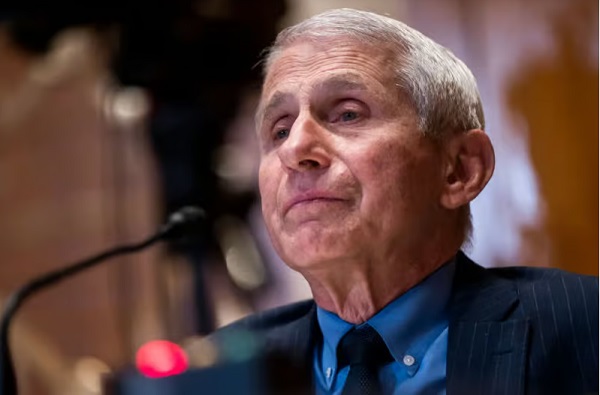
 Brownstone Institute2 days ago
Brownstone Institute2 days agoAnthony Fauci Gets Demolished by White House in New Covid Update
-
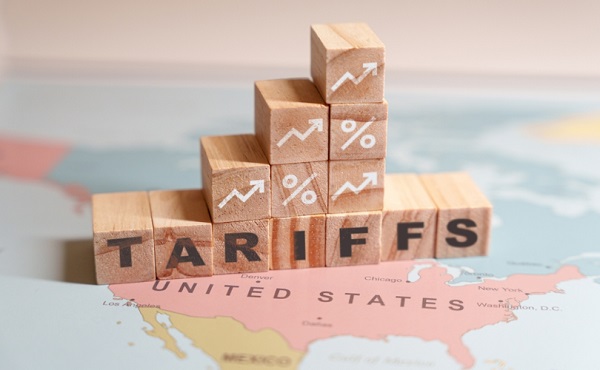
 Business2 days ago
Business2 days agoSobering reality check – Trump is right: Canada’s economy can’t survive a fair trade agreement with the US
-

 Business2 days ago
Business2 days agoPatriotic Millionaires concept of tax ‘fairness’ ignores tax facts in Canada
-

 Business2 days ago
Business2 days agoFederal government should cut red tape to spur economic growth
-

 Crime2 days ago
Crime2 days agoMexican Cartels Expanding Operations in Canada, Using Indigenous Reserves as Factory Hubs
-

 espionage1 day ago
espionage1 day agoChinese Nationals Charged with Conspiracy and Smuggling a Dangerous Biological Pathogen into the U.S.
-

 armed forces1 day ago
armed forces1 day agoTrump rebuilds the ranks: Army crushes 2025 recruitment goal early
-

 Crime1 day ago
Crime1 day agoUSAID paperwork found in car of Boulder terror suspect





